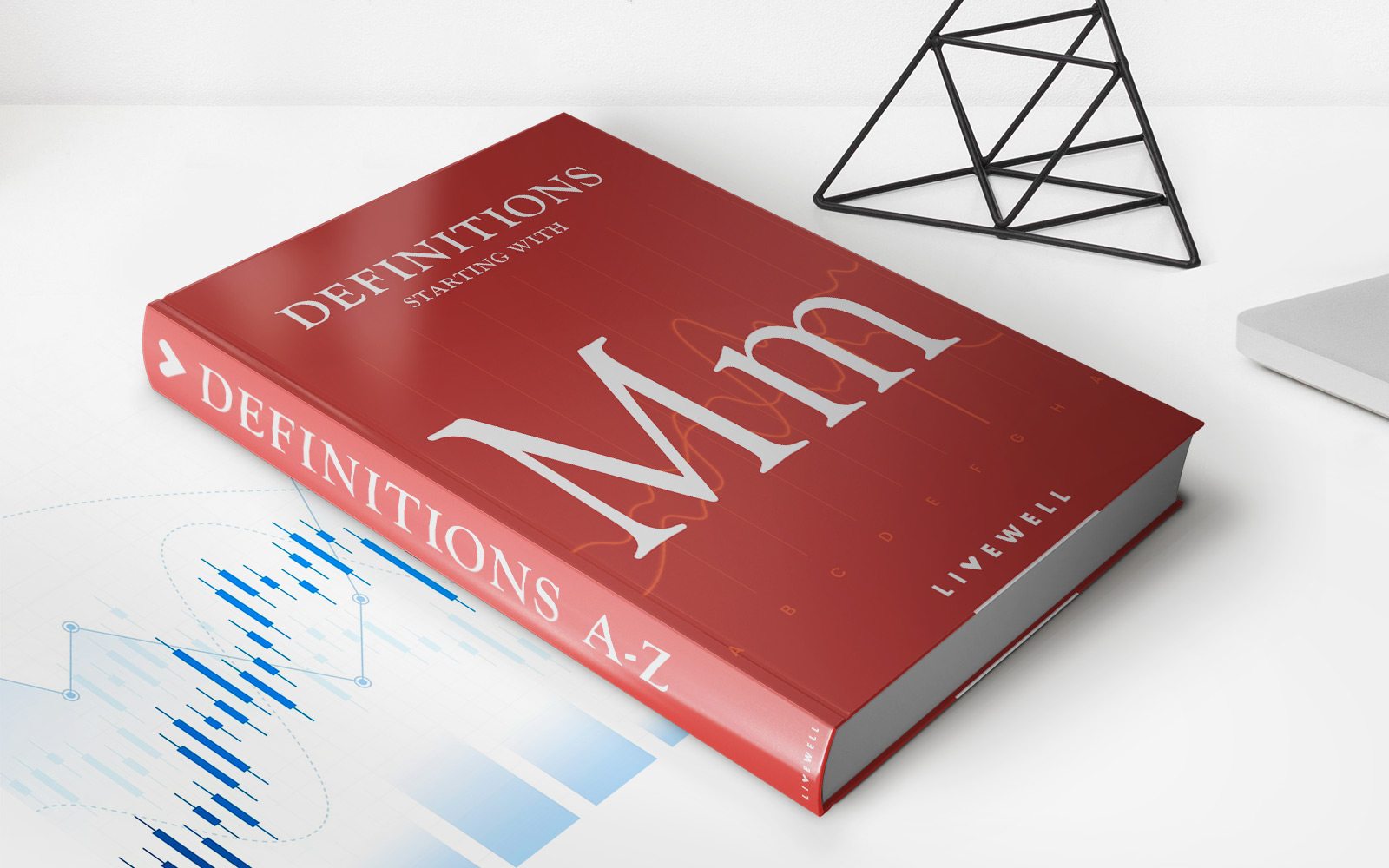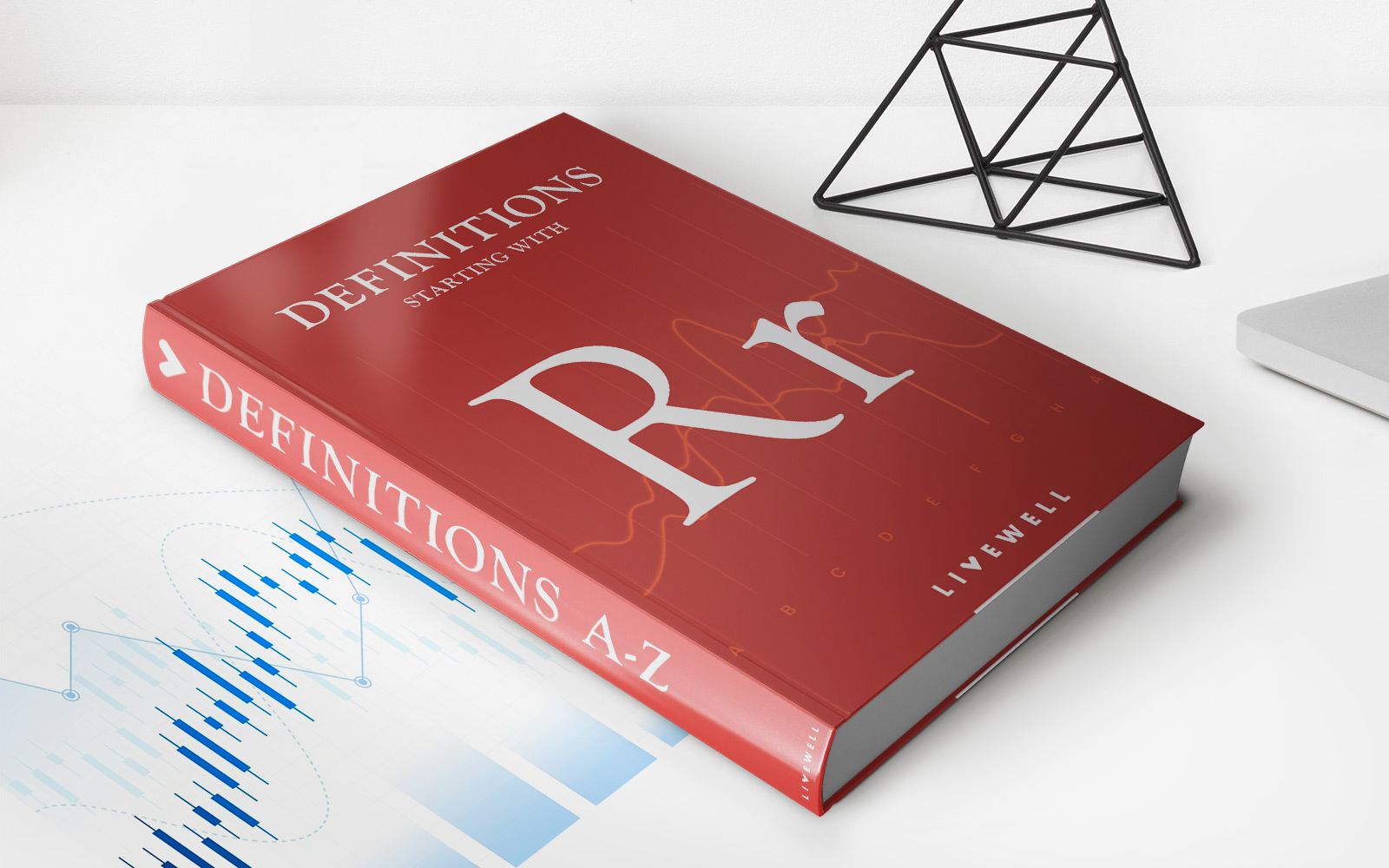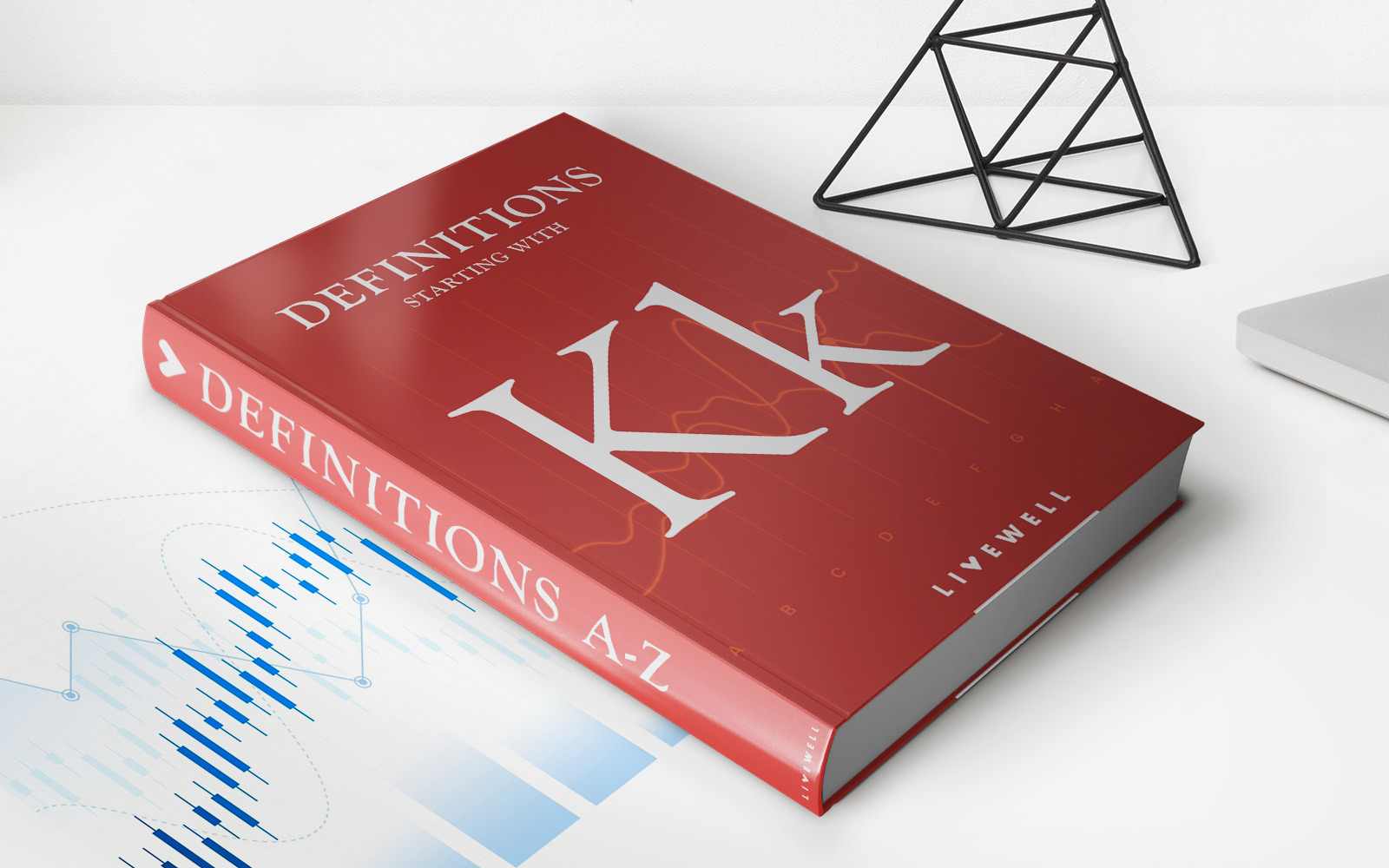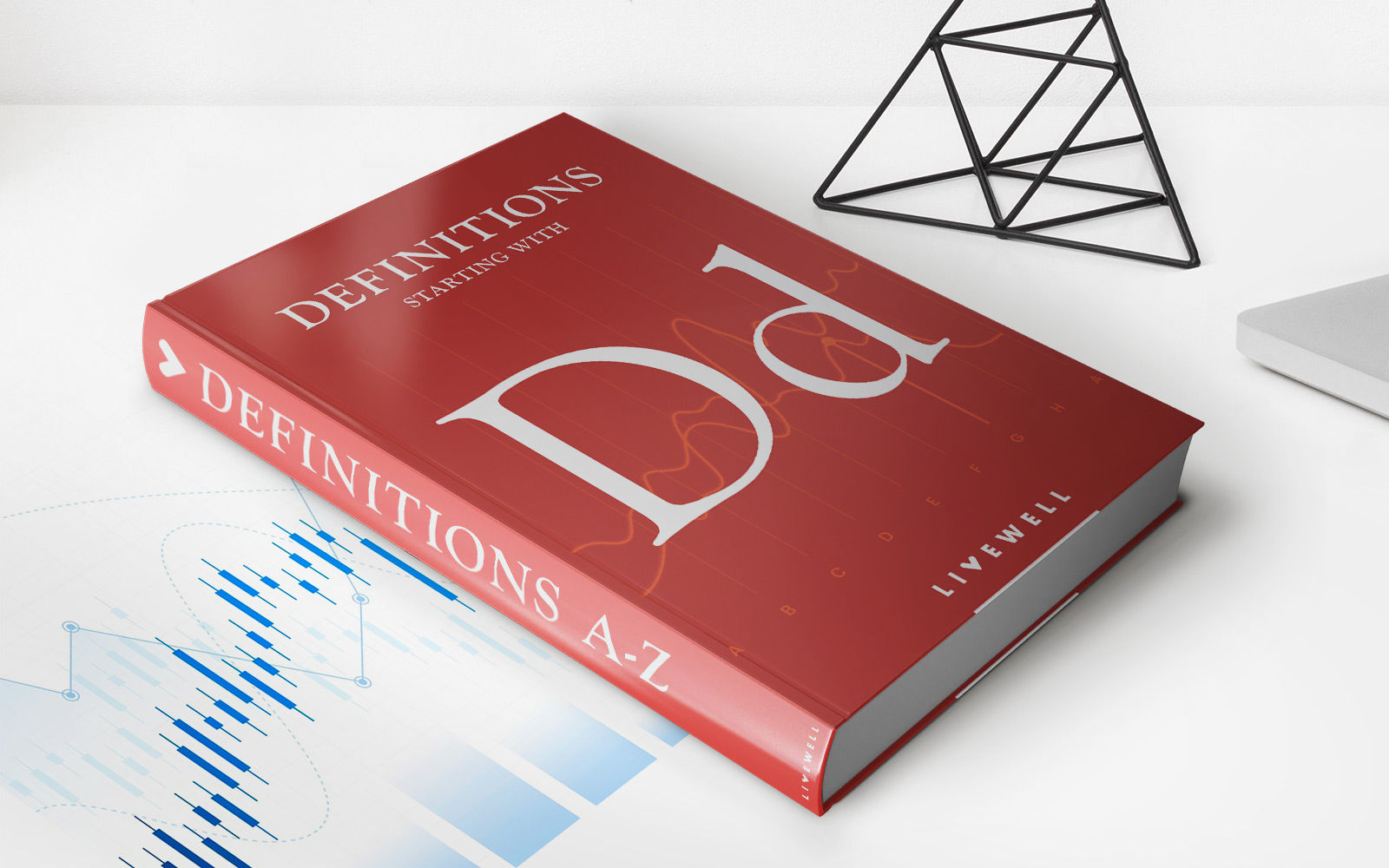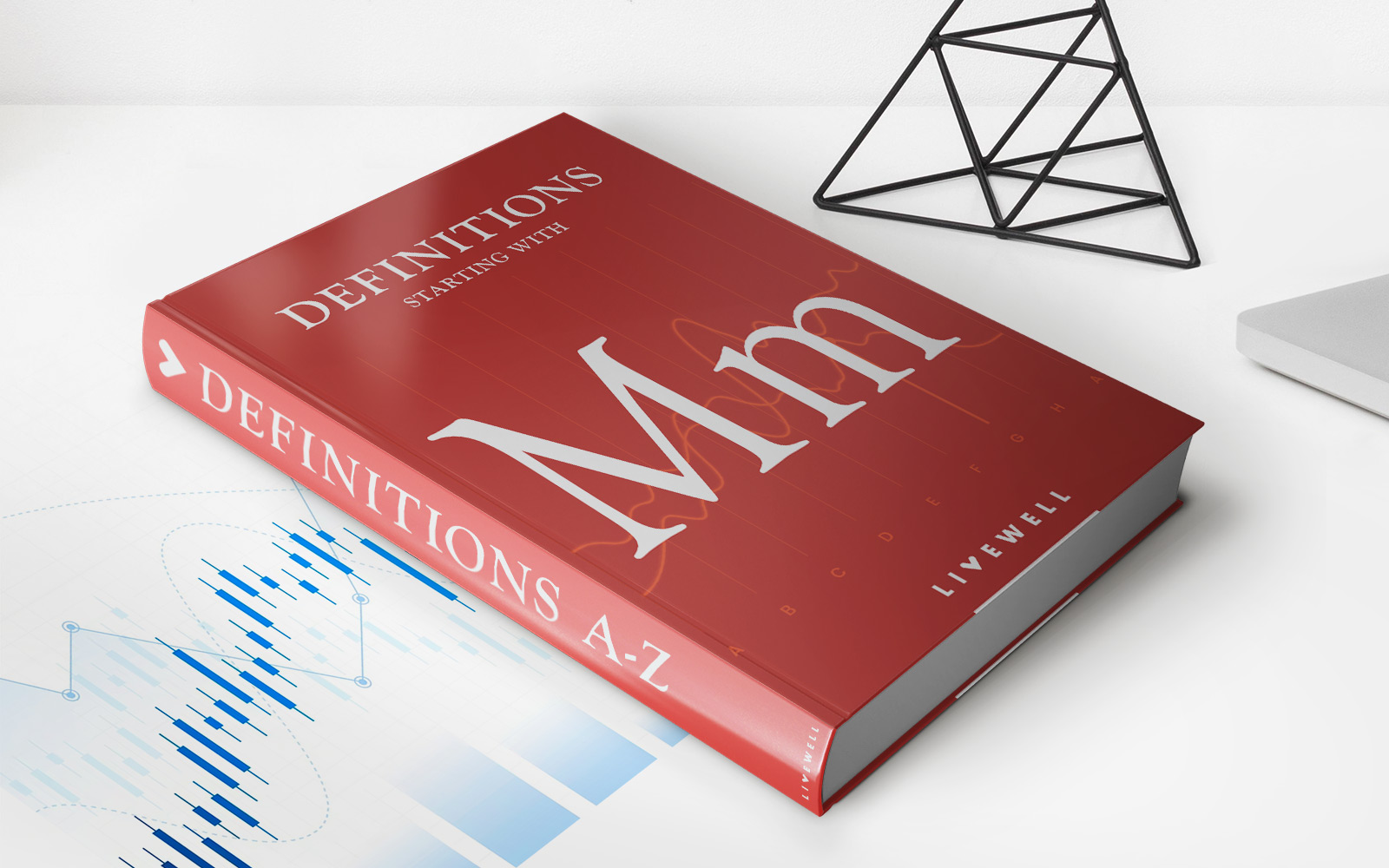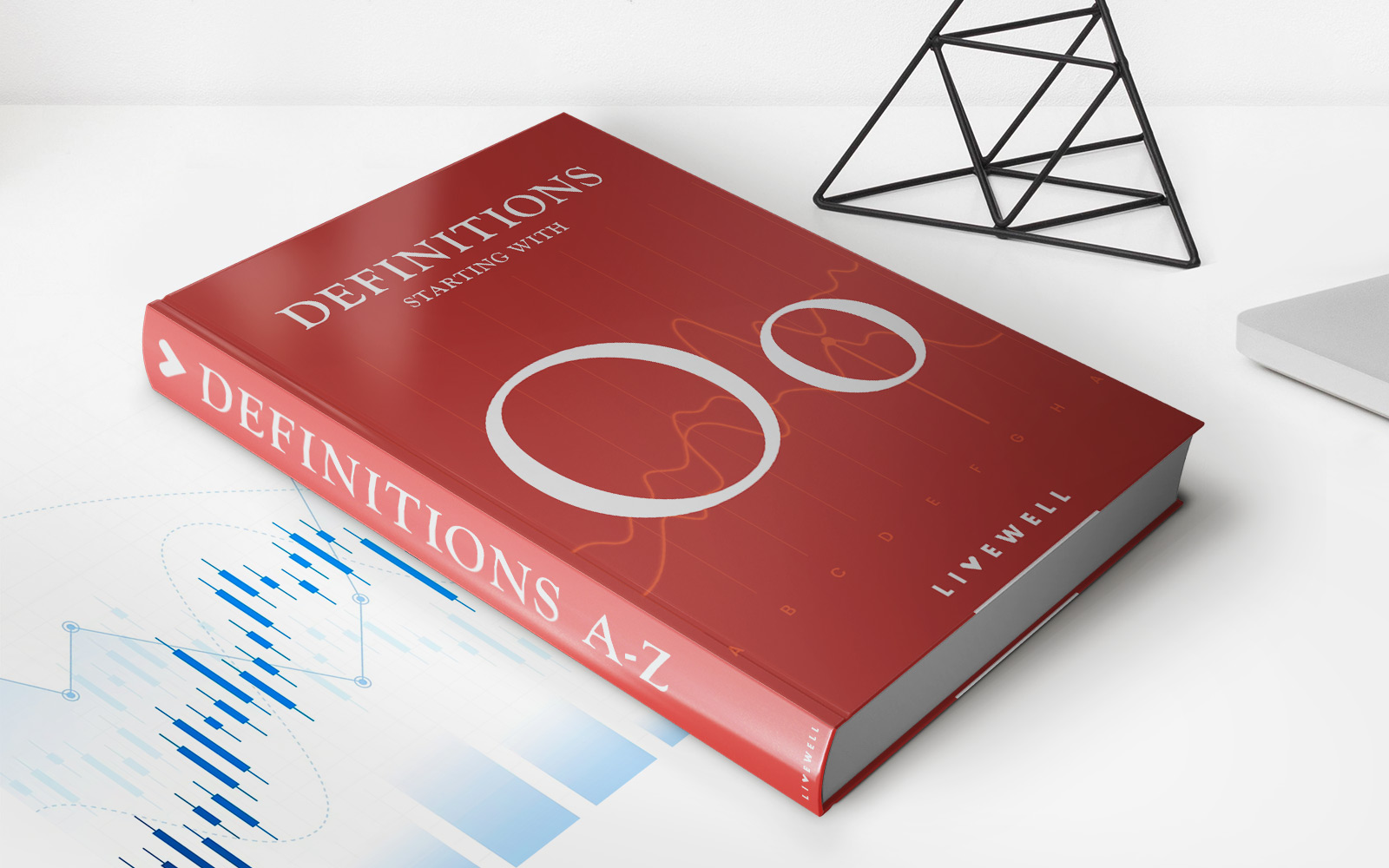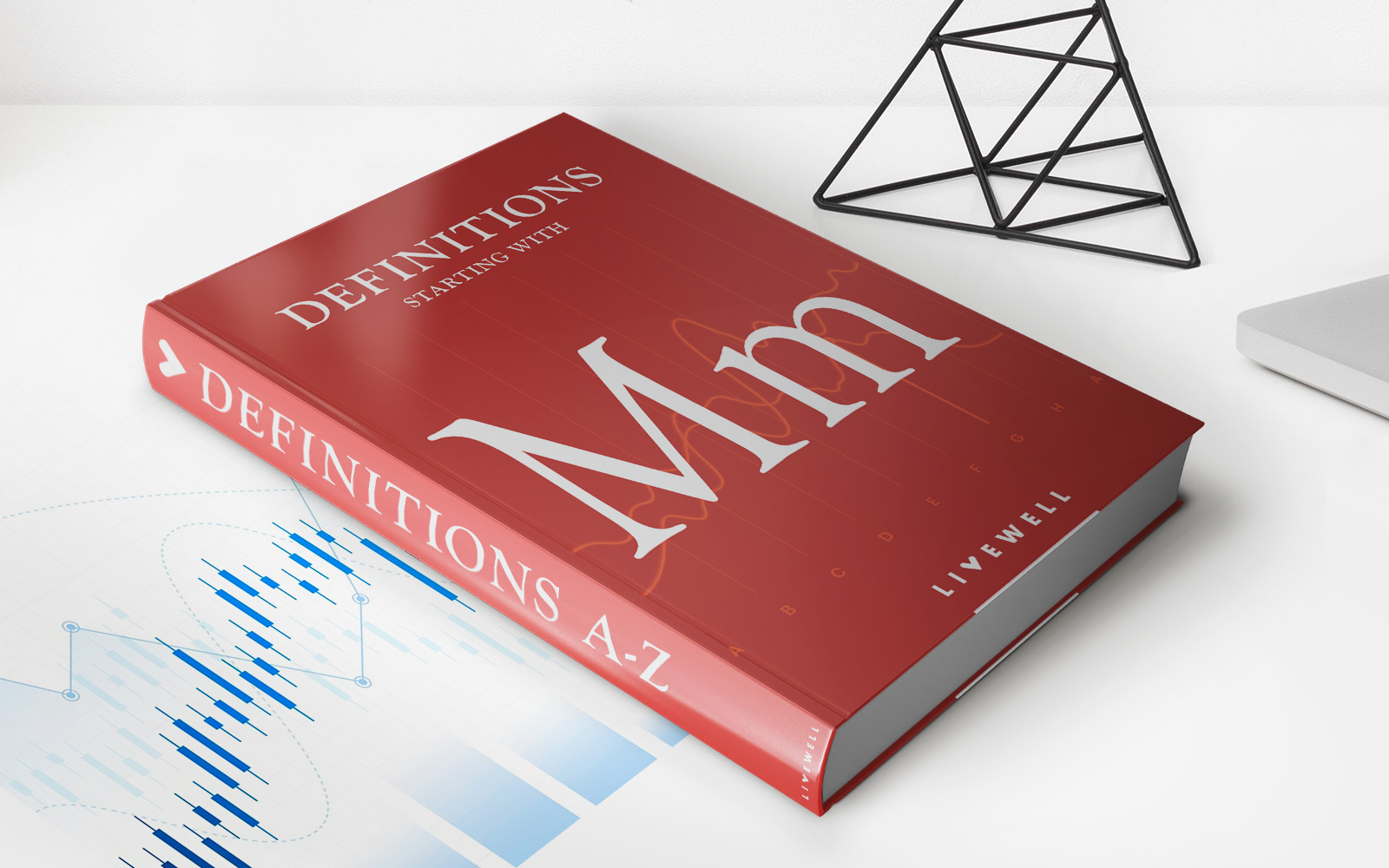Home>Finance>What Is The Dollar Duration? Definition, Formula, And Limitations
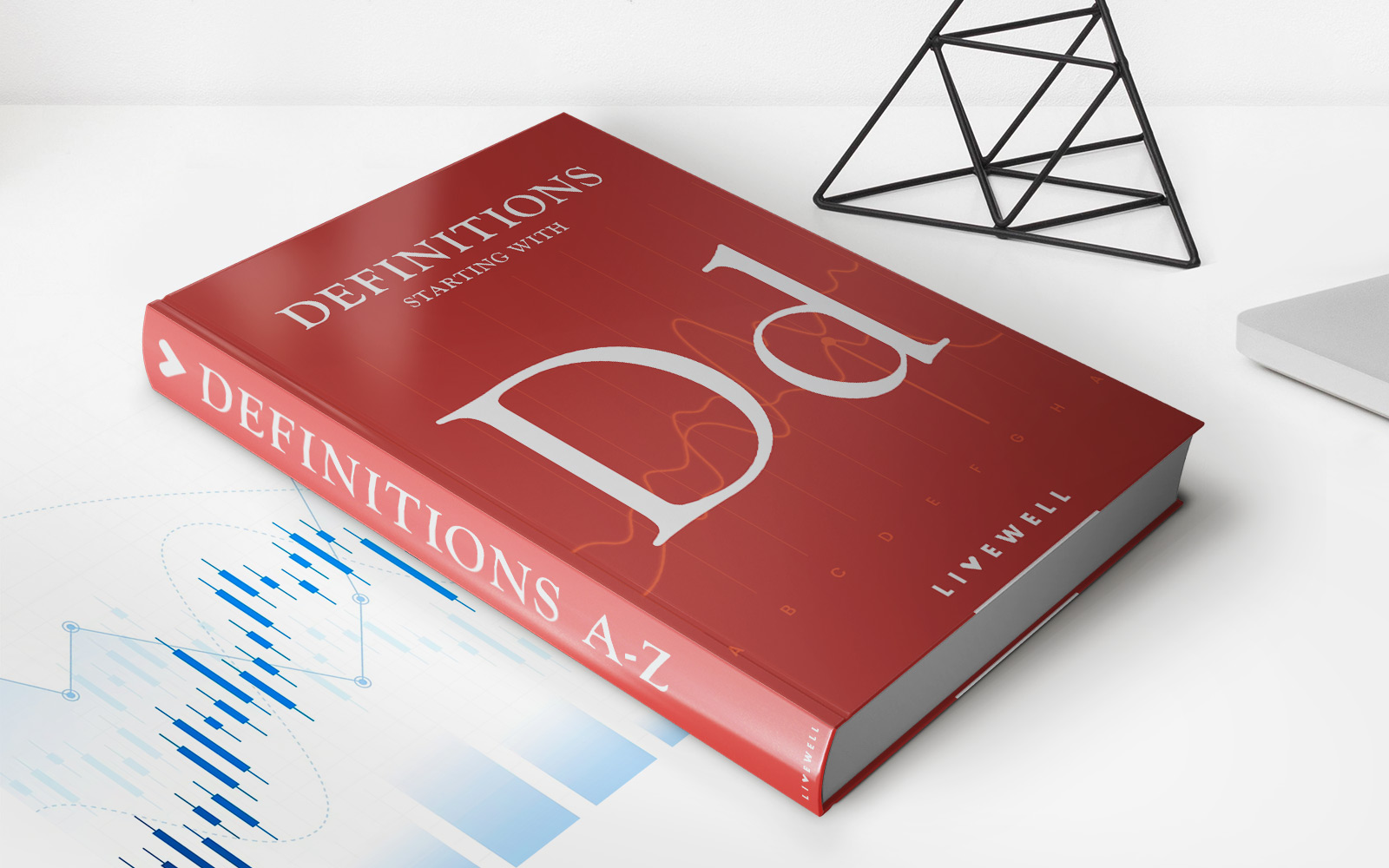

Finance
What Is The Dollar Duration? Definition, Formula, And Limitations
Published: November 13, 2023
Learn about the dollar duration in finance, including its definition, formula, and limitations. Gain a deeper understanding of this key concept.
(Many of the links in this article redirect to a specific reviewed product. Your purchase of these products through affiliate links helps to generate commission for LiveWell, at no extra cost. Learn more)
Understanding the Dollar Duration in Finance
When it comes to managing financial assets and understanding the impact of interest rate changes, the concept of dollar duration plays a crucial role. But what exactly is dollar duration? In this article, we will delve into the definition, formula, and limitations of dollar duration, giving you a comprehensive understanding of its significance in the field of finance.
Key Takeaways:
- Dollar duration measures the price sensitivity of a fixed-income security or portfolio to changes in interest rates.
- It quantifies the expected percentage change in the price of a security or portfolio for a given change in interest rates.
So, what exactly is the dollar duration?
In finance, dollar duration refers to the measure of price sensitivity of a fixed-income security or portfolio to changes in interest rates. It quantifies the expected percentage change in the price of a security or portfolio for a given change in interest rates.
The formula to calculate dollar duration is relatively straightforward. It involves multiplying the modified duration of a security or portfolio by its price or market value. The modified duration, in turn, is a measure of the weighted average time it takes to receive the cash flows from the security or portfolio, considering the present value of those cash flows.
While dollar duration proves to be a useful tool in assessing the interest rate risk associated with fixed-income securities, it has its limitations as well. It is important to understand these limitations to ensure its proper application:
Limitations of Dollar Duration:
- Assumes Parallel Shifts: The dollar duration formula assumes that interest rate changes are parallel across the entire yield curve. In reality, interest rate movements can be uneven, making it crucial to consider other factors that may impact the price sensitivity of a security or portfolio.
- Does Not Account for Non-Parallel Shifts: Non-parallel shifts can occur when different maturities experience varying changes in interest rates. Dollar duration, being a measure that assumes parallel shifts, may not accurately capture the price impact of these non-uniform changes.
- Does Not Consider Credit Risk: Dollar duration solely focuses on the interest rate risk associated with fixed-income securities. It does not incorporate the credit risk elements that may affect the price sensitivity of a security or portfolio.
Despite these limitations, dollar duration remains a valuable tool for investors, portfolio managers, and financial analysts to assess and manage the interest rate risk of fixed-income assets. By understanding its definition, formula, and limitations, individuals can effectively navigate the complexities of interest rate fluctuations and make informed investment decisions.
Investing in financial markets involves inherent risks, and it is always advisable to consult with a qualified financial professional before making any investment decisions.
